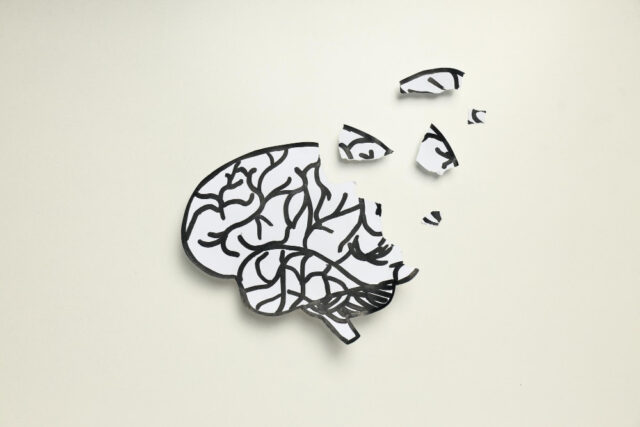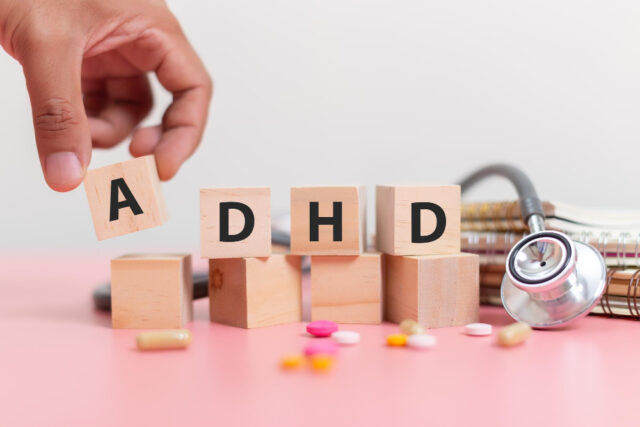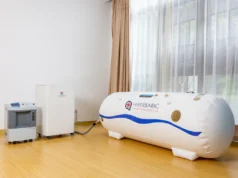
Attention Deficit Hyperactivity Disorder (ADHD) in children is a complex neurodevelopmental disorder characterized by symptoms such as inattention, hyperactivity, and impulsivity. While every child is unique, those with ADHD face distinct challenges that can impact their daily life and development. Recognizing the importance of effective discipline is crucial in guiding these children toward positive behaviors and helping them navigate their world with greater ease. It’s not just about managing behavior; it’s about understanding and supporting these children in a way that respects their needs and nurtures their potential.

Understand ADHD
ADHD isn’t just a child being restless or occasionally distracted. It’s a persistent pattern of inattention and/or hyperactivity-impulsivity that interferes with functioning or development. Children with ADHD may struggle to follow instructions, stay organized, or wait their turn. These challenges aren’t a choice or a sign of defiance but are part of the disorder. When it comes to discipline, it’s essential to recognize that traditional methods may not be as effective. The child’s inability to sit still, pay attention, or control impulsive actions requires a tailored approach that acknowledges these inherent challenges.
Build a Supportive Environment
Creating a supportive environment is paramount for children with ADHD. A structured and consistent routine offers a sense of security and predictability, reducing the anxiety that can stem from uncertainty. In a calm and organized home, distractions are minimized, allowing the child to focus better and feel more in control. This setting doesn’t stifle spontaneity; instead, it provides a stable backdrop where creativity and energy can be channeled more positively. To do this the ideal way you should talk to ADHD doctors.
Set Clear and Realistic Expectations
For children with ADHD, clearly defined and achievable goals are like stepping stones to success. It’s about setting them up to win. Clear communication ensures they understand what’s expected of them, bypassing the confusion and frustration that vague instructions can cause. When expectations are realistic, children feel more competent and are motivated to meet them, providing a foundation for positive self-esteem and encouraging a pattern of achievement and satisfaction.

Positive Reinforcement
Positive reinforcement goes a long way in shaping the behavior of children with ADHD. Recognizing and praising good behavior reinforces their desire to repeat it. Rewards don’t have to be grand; often, a heartfelt commendation or a small token can be incredibly effective. For instance, a sticker chart for younger children or earning points towards a desired activity for older ones can make a significant impact. It’s about acknowledging their efforts and progress, however small, making them feel valued and understood.
Time-Outs and Consequences
Time-outs and consequences are delicate tools in the realm of discipline for children with ADHD. When used correctly, a time-out isn’t a punishment but a chance to reset and regain control. It’s a quiet moment to step away from the chaos, reflect, and gather oneself. Similarly, consequences should be logical and directly related to the behavior. For example, if a child carelessly breaks a toy, they might be responsible for fixing it or doing extra chores to contribute towards a replacement. This approach teaches responsibility and the natural outcomes of actions, embedding valuable life lessons in everyday incidents.
Avoid Overreacting
In the realm of parenting a child with ADHD, maintaining composure in the face of adversity is pivotal. It’s natural for situations to evoke frustration or anger, but reacting impulsively can escalate rather than resolve. Instead, embracing patience and demonstrating calmness can significantly influence your child’s behavior and emotional well-being. To manage your emotions effectively, consider techniques such as deep breathing, stepping away for a moment to collect your thoughts, or even seeking support from friends or a support group. These strategies not only help in maintaining a serene environment but also set a positive example for your child to emulate when faced with their own challenges.

Use Visual Aids
Visual aids serve as a cornerstone in behavior management, especially for children with ADHD. Integrating visual schedules and charts into daily routines can provide structure and predictability, which is comforting and clarifying for a child who might struggle with time management or task transition. These tools act as silent guides, helping children understand what is expected of them without constant verbal reminders. By visually mapping out the day or outlining the steps of a task, children can independently navigate their responsibilities, leading to a sense of accomplishment and reduced behavioral issues.
Teach Self-Regulation Skills
Instilling self-regulation skills in a child with ADHD is akin to equipping them with an internal compass for navigating emotional and behavioral waters. Discussing and practicing coping strategies such as mindfulness, relaxation techniques, or even simple breathing exercises can empower your child to manage their emotions and reactions effectively. These self-regulation techniques provide a foundation for children to understand their feelings, recognize the signs of escalating emotions, and employ strategies to maintain control. This self-awareness and control are crucial for their success in social interactions and personal growth.
Collaborate with Professionals
Navigating the complexities of ADHD often requires a team approach. Collaborating with therapists, educators, and medical professionals can offer a support system that is both informed and multifaceted. These professionals bring a wealth of knowledge and experience, providing tailored strategies and interventions that can significantly benefit your child’s development. Additionally, if medication is prescribed, understanding its role and impact on your child’s behavior and emotional state can be crucial. A collaborative approach ensures that the care and interventions your child receives are cohesive, comprehensive, and aligned with their individual needs.

Encourage Independence
Fostering independence in children with ADHD is a delicate balance of providing support and stepping back to allow autonomy. Encouraging independence in daily tasks not only builds practical skills but also nurtures self-esteem and a sense of capability. It’s important to create opportunities for your child to make choices, experience natural consequences, and learn from their actions. This autonomy plays a significant role in discipline, as it teaches children to understand the connection between their actions and outcomes, fostering a sense of responsibility and intrinsic motivation to adhere to behavioral expectations.
Conclusion
Disciplining a child with ADHD is a journey that requires patience, understanding, and tailored strategies. Remembering to stay calm during challenging moments, utilizing visual aids for structure, teaching self-regulation skills, collaborating with professionals, and encouraging independence are all pivotal aspects of this journey. Each child with ADHD is unique, and as a parent, adapting these strategies to fit your child’s individual needs is paramount. Embrace the journey with empathy and resilience, and you’ll create a nurturing environment where your child can thrive despite the challenges of ADHD.









